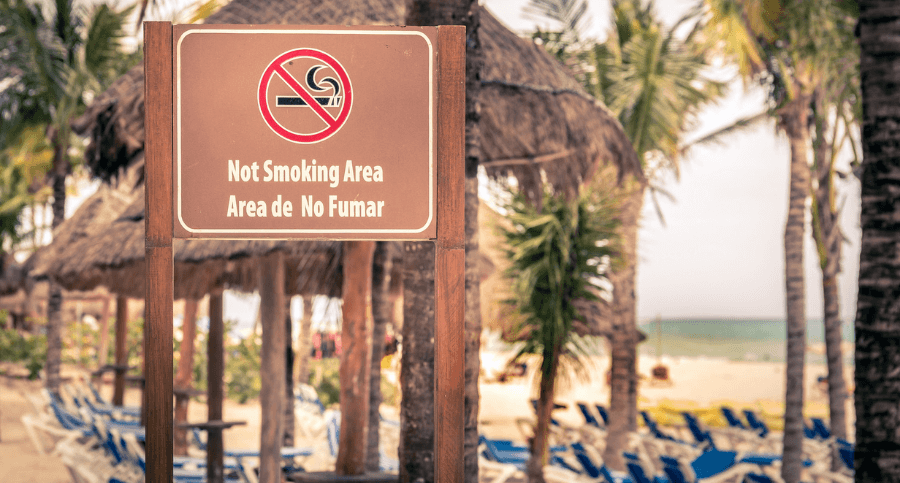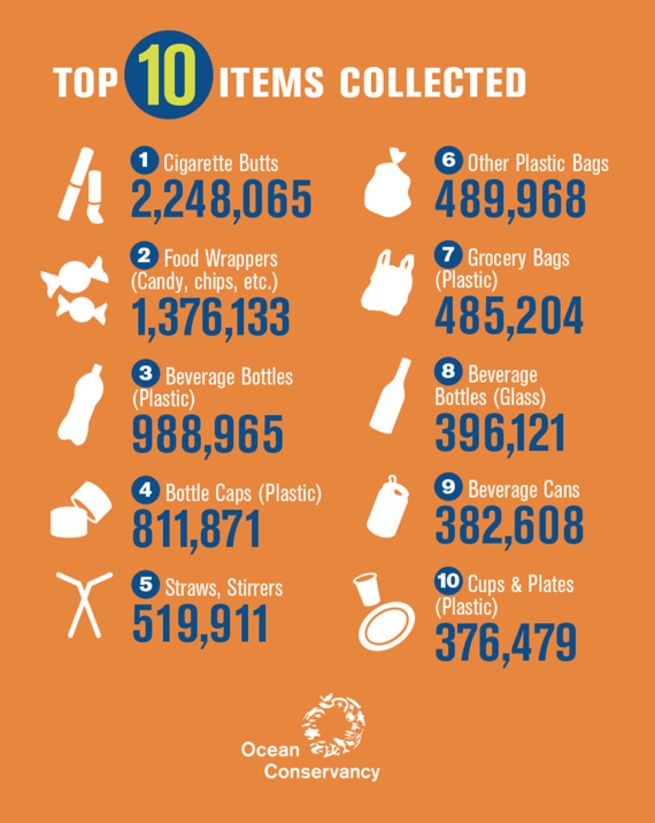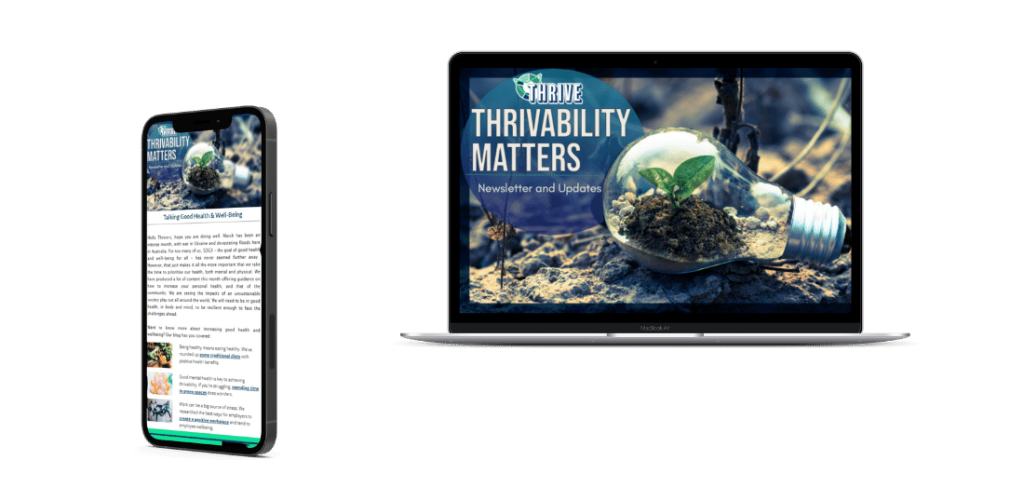Every year, trillions of discarded cigarette butts end up negatively impacting the environment by blocking waterways and leaching toxic heavy metals. Discarded cigarettes are a huge source of water pollution, especially because cigarette filters break down into microplastics, which are toxic for aquatic organisms.
Did you know, cigarettes are the most littered item on Earth? Approximately 4.5 trillion cigarette butts are discarded each year globally.
“In some parks, particularly surrounding benches and bins, we found over 100 cigarette butts per square meter. Dropping cigarette butts seems to be a socially acceptable form of littering and we need to raise awareness that the filters do not disappear and instead can cause serious damage to the environment.”
Source: EurekAlert

What is a cigarette butt made of?
Also known as a cigarette filter, a cigarette butt is made of a plastic called cellulose acetate. This type of plastic filter was introduced in the 1950s in response to lung cancer fears, in attempts to make smoking safer. Today 98% of cigarette filters are made of plastic fibres and they can take years to degrade.
“Both the ineffectiveness of cigarette filters and the tobacco industry’s misleading marketing of the benefits of filtered cigarettes have been well-documented. Filters became a marketing tool, designed to keep, and recruit smokers as consumers of these hazardous products.”
Source: National Center for Biotechnology Information
A common misconception is that the butt of a cigarette is a natural, biodegradable cotton, as it doesn’t look like a typical plastic material. One study found that, on average, cigarette butts only degraded by 38% after two years of decomposition.
Toxic compounds in cigarette butts include formaldehyde, nicotine, arsenic, lead, copper, chromium, and cadmium, to name a few.
Are there benefits to cigarette butts?
When cigarette butts were introduced in the 1950s, they were marketed as ‘filters’ that implied a reduction of harmful smoke constituents entering the body. Aside from this not being the case, the smoother experience of smoking a cigarette with a filter reportedly increased the amount of ‘puffs’ smokers took.
How do cigarette butts harm the environment?
Birds in a variety of settings have been spotted and photographed eating cigarette filters – and the results are often disastrous. It can lead to chemical poisoning and often death. The negative consequences aren’t just limited to birds. Choking and intoxication can occur when any animal mistakenly consumes a discarded cigarette butt.
Water pollution from cigarette butts is also a growing issue. This affects all marine life and causes a great imbalance to environmental cycles. A 2011 study also placed fish in water, where cigarette filters had been soaked and then removed. After four days, approximately 50% of those fish died — revealing just how deadly filter pollution can be.

Solutions
Changing social behavior and increased corporate social responsibility (CSR) from tobacco industries is a great place to start — especially when driven by forward-thinking government policies and new initiatives.
There have already been some significant steps to clean up the impact of cigarette smoking on the environment. In 2016, India banned the use of plastic packaging for tobacco products, and companies, such as Greenbutts have developed filters made of natural materials. Further, in 2018, the European Parliament backed a proposal to oblige EU countries to remove 50% of plastic from cigarette butts by 2025.
Research at RMIT University conducted in 2020 also shows the benefits of recycling discarded cigarette butts and turning them into bricks. Lead researcher Associate Professor Abbas Mohajerani said, “Firing butts into bricks is a reliable and practical way to deal with this terrible environmental problem, while at the same time cutting brickmaking production costs. We need to do far more to stop cigarette butts from polluting our streets, rivers, and oceans as well as preventing them leaching harmful toxins into our environment.”
A shared responsibility
Who is ultimately responsible for cigarette butt pollution? Should consumers be held fully liable for their disposal or should manufacturers be more accountable?
When companies, consumers, and governments share the responsibility of toxic cigarette butts, we can decrease the negative impact of smoking on both public health and the planet. This will take us one step closer to a thrivable future for planet Earth and all living beings who inhabit it.
References
Slaughter. E. (2011). Toxicity of cigarette butts and their components, to marine and freshwater fish. National Center for Biotechnology Information. Retrieved from: https://www.ncbi.nlm.nih.gov/pmc/articles/PMC3088407/pdf/tobaccocontrol40170.pdf
Bonanomi. G. (2015). Cigarette butt decomposition and associated chemical changes assessed by 13C CPMAS NMR. National Center for Biotechnology Information. Retrieved from: https://www.ncbi.nlm.nih.gov/pmc/articles/PMC4307979/
Song. MA. (2017). Cigarette filter ventilation and its relationship to increasing rates of lung adenocarcinoma. National Center for Biotechnology Information. Retrieved from: https://pubmed.ncbi.nlm.nih.gov/28525914/


